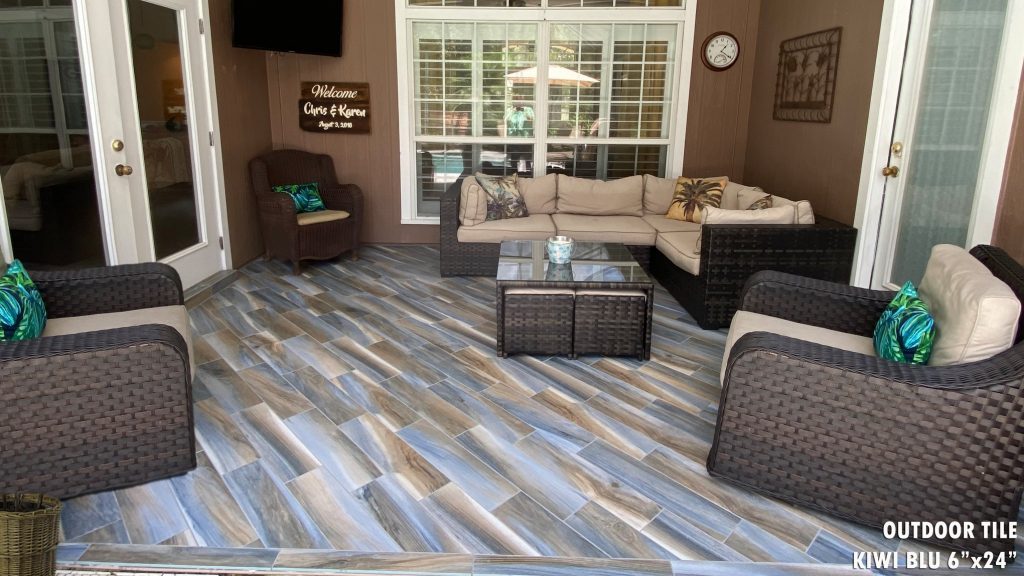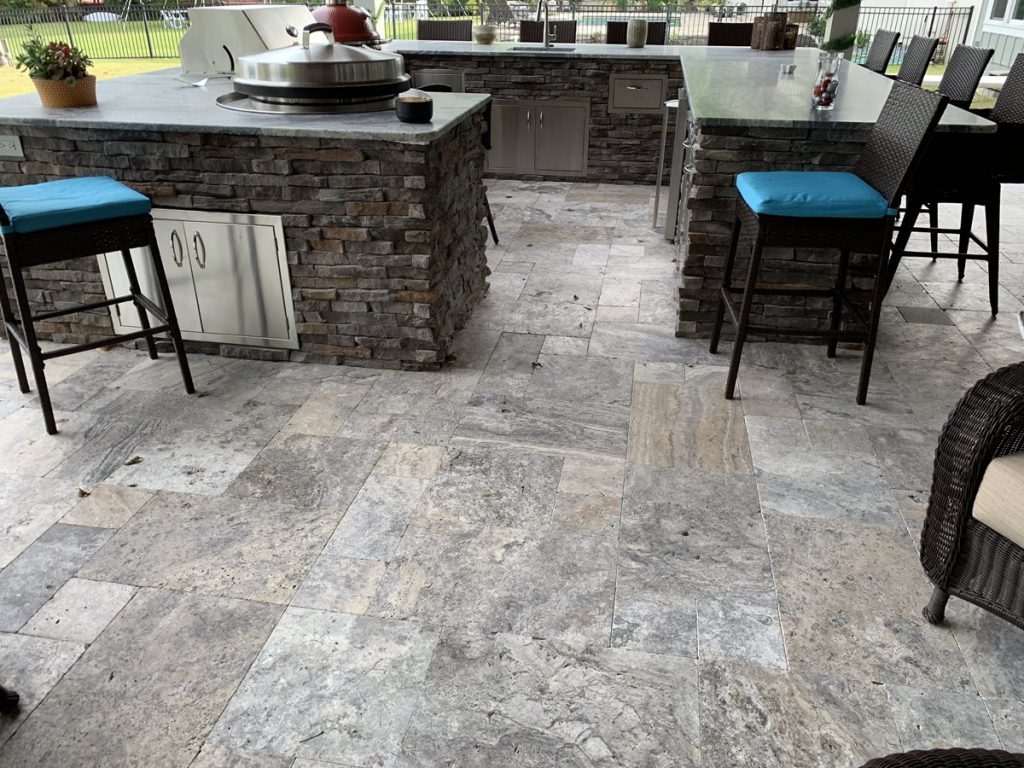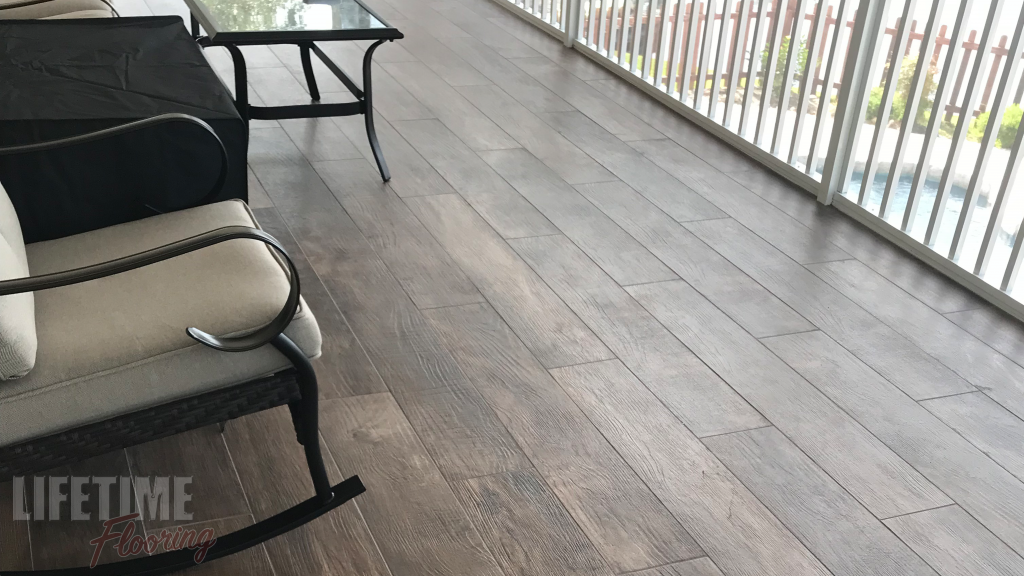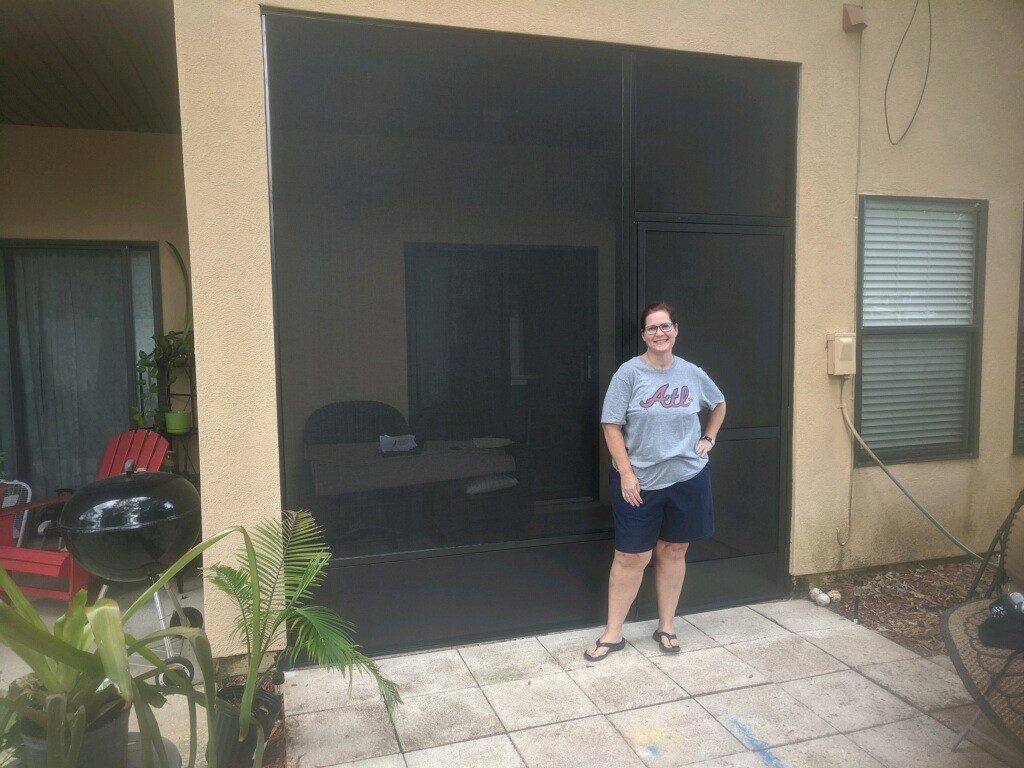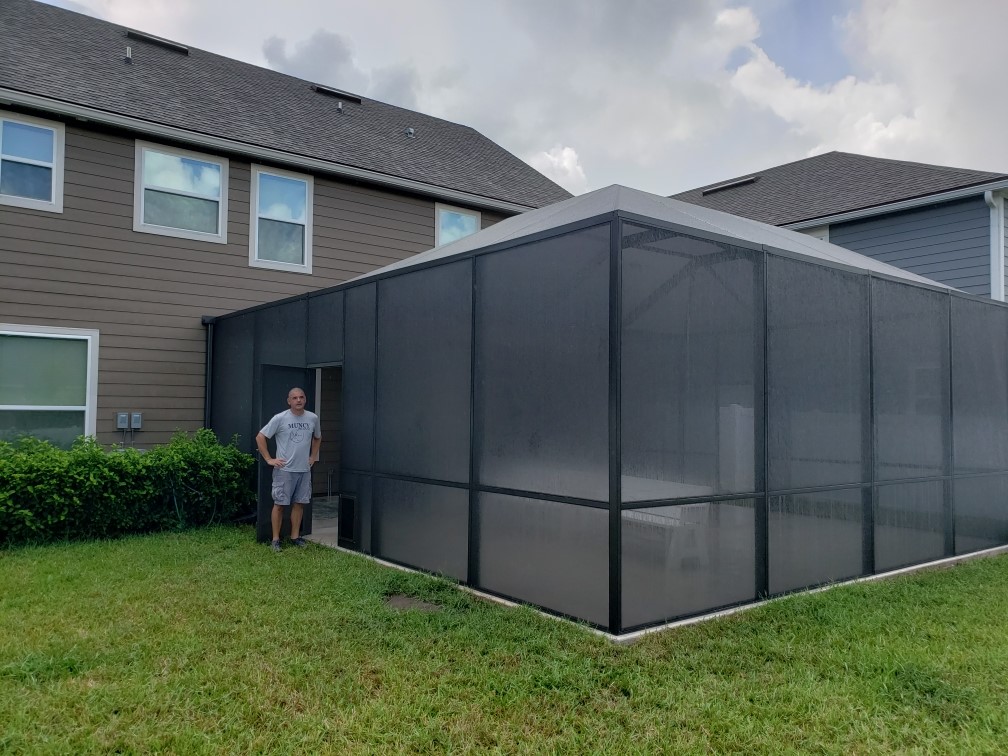LIFETIME Family Open House THIS Saturday from 10-3! Don’t miss it!

Please fill out the form below and our team will get back with you as soon as possible!
LIFETIME Family Open House THIS Saturday from 10-3! Don’t miss it!

To all those who have served and are still serving, we thank you! Thank you for defending our freedom and allowing us to live freely in this beautiful country!!

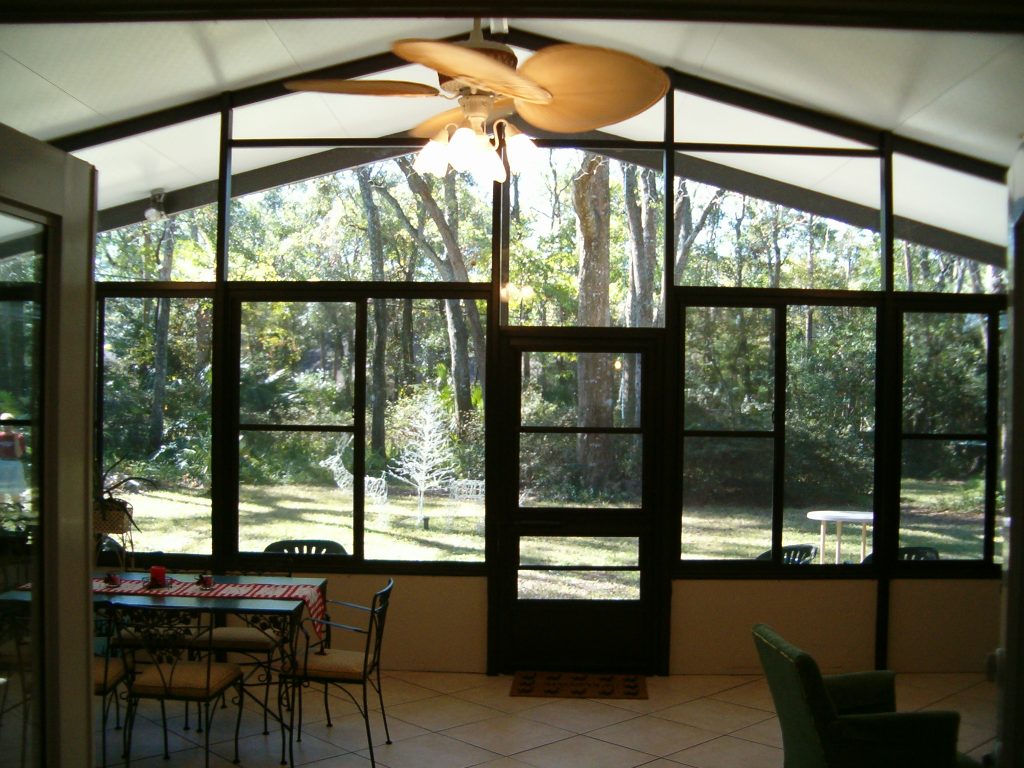
Check out this before and after! We can completely transform the space, look and overall feel of your home! #LIFETIMEenclosures #LIFETIMEliving
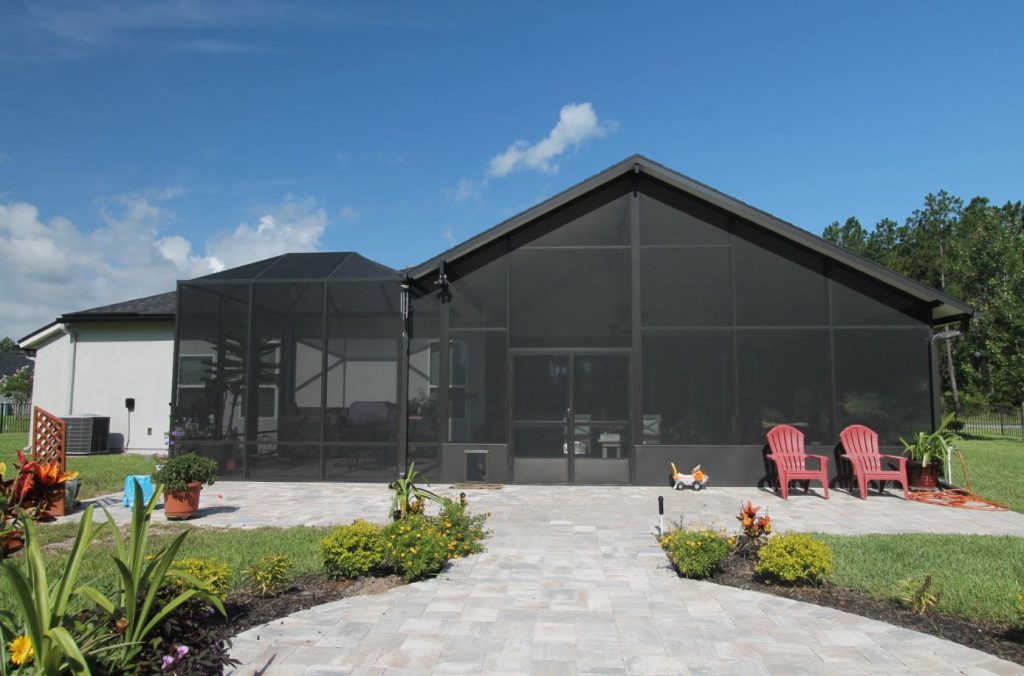
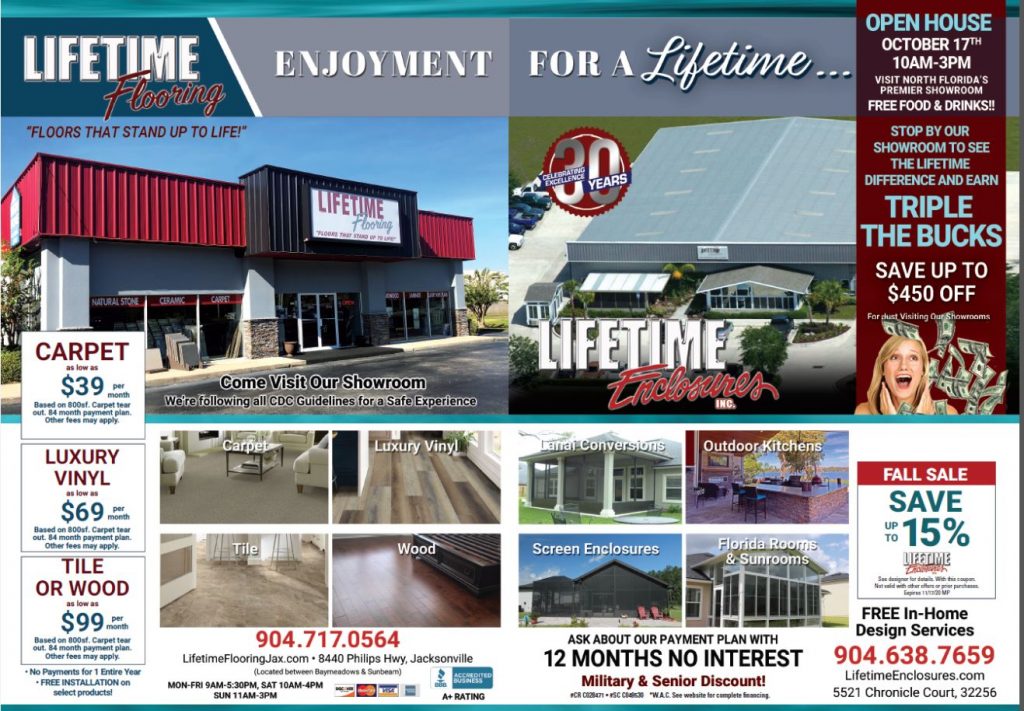
Let natural light in, keep the bugs out! #LIFETIMEenclosures #LIFETIMEliving
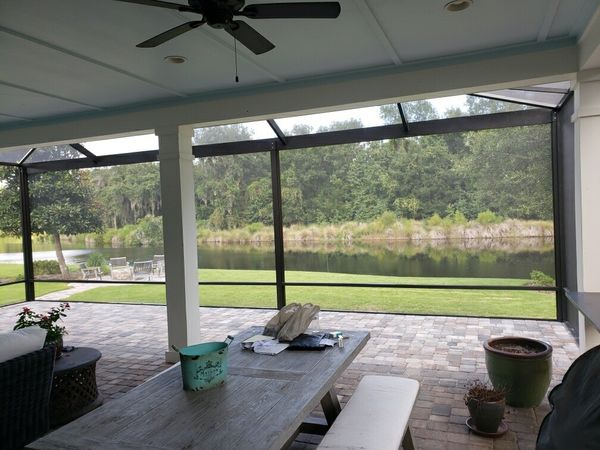
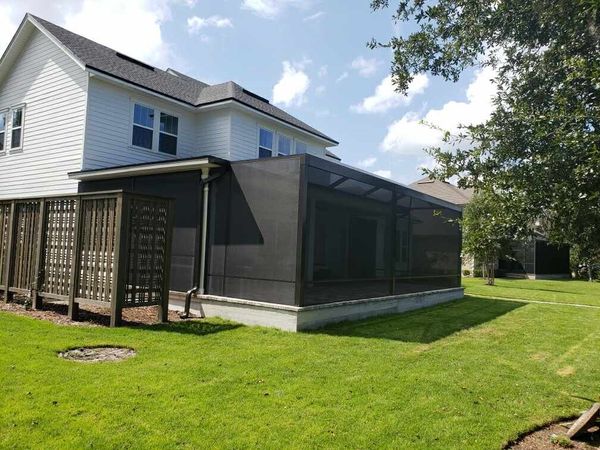
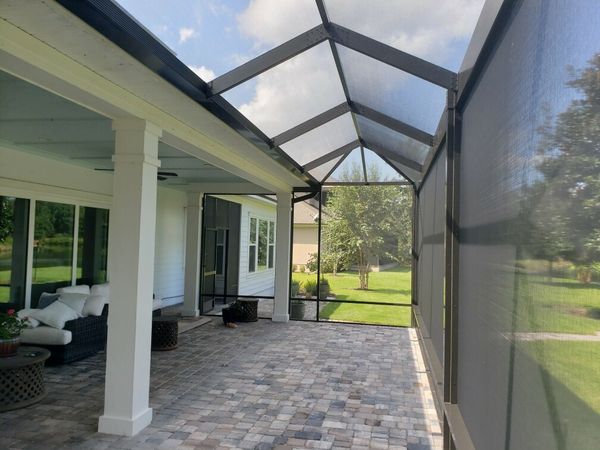
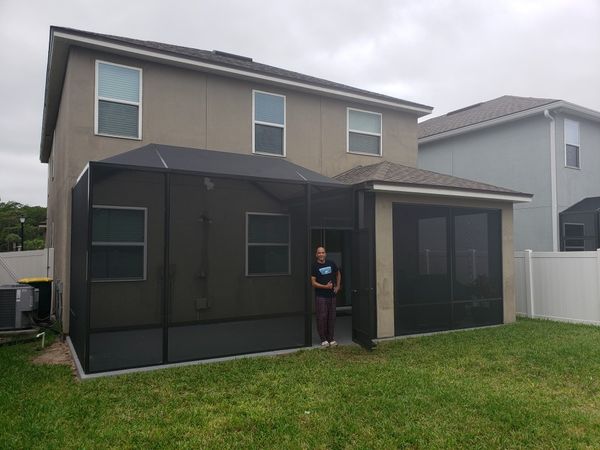
As we have said for years, “We literally have a showroom in every neighborhood!”
Here’s a couple of neighbors showing off their new enclosures! How cool is that?!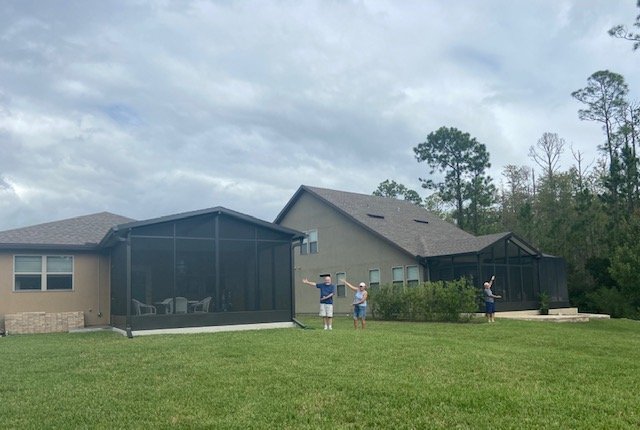
Did you know that Lifetime Enclosures also has a flooring division, Lifetime Flooring? We not only can help with all your flooring needs inside your home, but we also have a variation of exterior tiles to choose from! Call us today to make the most of your outdoor living space 904-730-4152!
